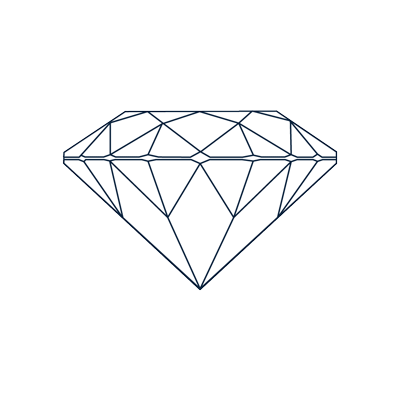You've selected a custom-crafted engagement ring from LYLIE Jewellery, London's premier destination for sustainable fine jewellery. Each piece is meticulously designed with ergonomic elegance, ensuring both comfort and timeless beauty.
Why Choose LYLIE Jewellery?
We specialize in recycled gold and lab-grown diamonds, reflecting our commitment to environmental responsibility.
Our London-based artisans bring your vision to life, creating unique engagement rings that tell your personal love story.
From initial consultation to final creation, we offer a bespoke journey tailored to your desires.
Next Steps:
: Ensure all details align with your vision.
: Secure your custom engagement ring with confidence.
: Our team is here to guide you through every step of the process.
Embrace the elegance of bespoke design and the assurance of ethical sourcing with LYLIE Jewellery. Your journey to a unique, handcrafted engagement ring begins here.




















